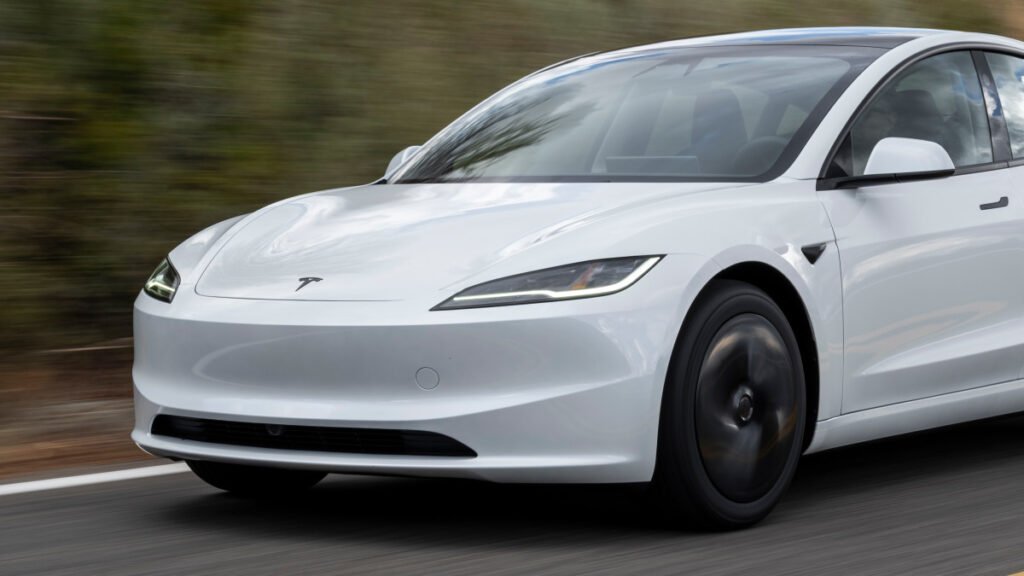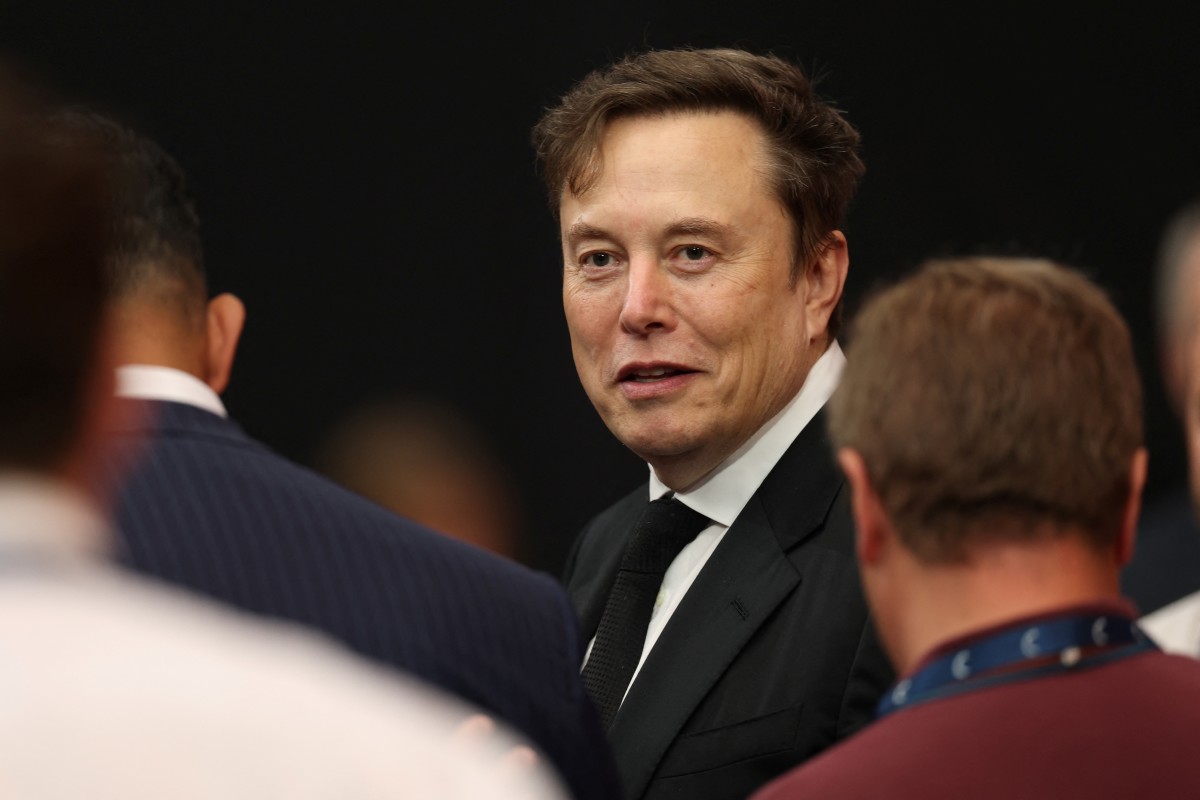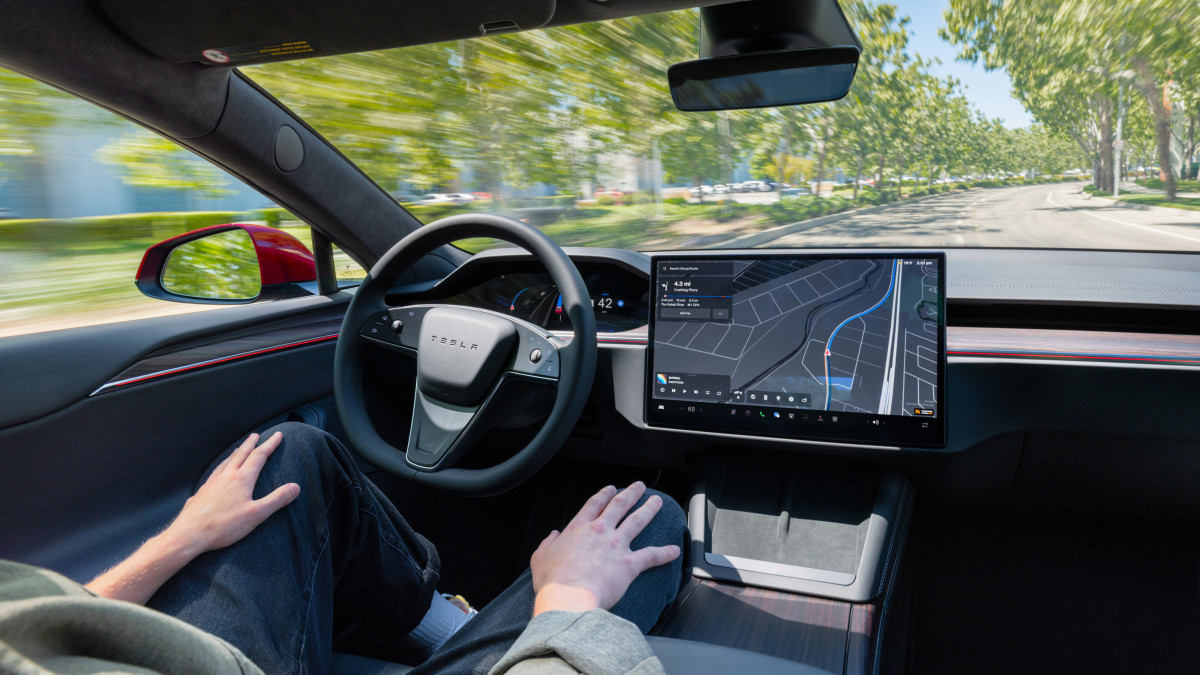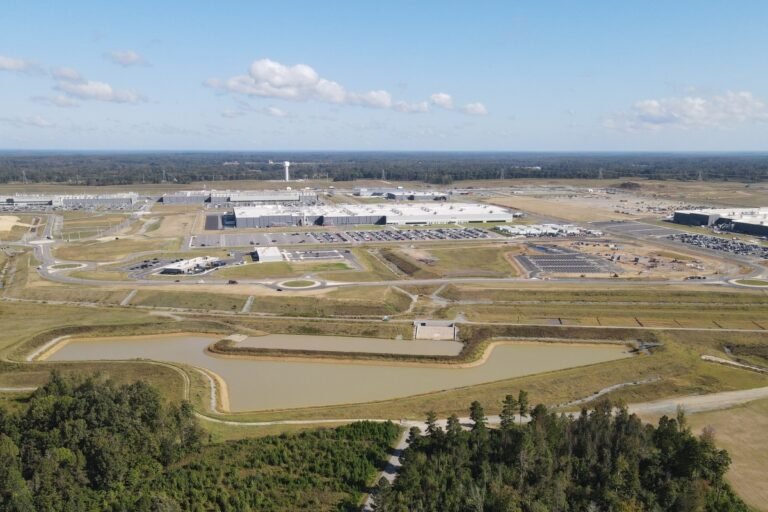
Report: Tesla is working on CarPlay functionality
According to a new report published on November 13, internal sources at Tesla told Bloomberg that the company is currently developing support for Apple’s CarPlay system in its vehicles, one of its most highly requested features from customers. Tesla insiders told the financial publication that the automaker had started testing the phone projection software internally, and that it will be much less involved compared to other applications of CarPlay integration.
Although few details have been shared, according to individuals familiar with the matter, Tesla is reportedly attempting to ensure that CarPlay does not interfere with the vehicle’s functions. According to the Tesla insiders, the company plans to feature CarPlay in a way that will make it appear as a separate window within its user interface, meaning that the Apple software won’t fully take over the interface of the massive screens installed in the center of Teslas, as it does in other vehicles’ infotainment systems.
Apple
In addition, the automaker plans to run the standard version of CarPlay rather than CarPlay Ultra, which has been offered by manufacturers like Aston Martin. Notably, CarPlay Ultra transforms the in-car digital experience by applying its own functions over a larger portion of the screens, including custom overlays in the gauge cluster and control over climate controls and seat positions.
Many standard vehicle operations in Tesla models, such as adjusting the climate control and changing gear position, require the use of the screen. CarPlay also won’t be able to integrate with some Tesla features, such as FSD (Full Self-Driving), which will only run using Tesla’s own built-in navigation application.
Is CarPlay enough?
Tesla’s decision to offer CarPlay comes at a critical time for Tesla. Although Tesla shareholders recently approved a $1 trillion pay package for its CEO, Elon Musk, it is notably contingent upon meeting some tough conditions, including collective sales of 20 million EVs, sales of 1 million Optimus robots, and the launch of 1 million robotaxis into operation.
According to its own numbers, Tesla delivered 497,099 vehicles worldwide during Q3 2025, representing a 7% year-over-year increase. This increase was partially driven by consumers taking advantage of a federal EV tax credit that expired at the end of September. However, analysis by CleanTechnica notes that Tesla’s market share has reached a new low during the last quarter, slipping to claim just a 40.8% share of the US EV market; a significant drop from 49.3% in Q3 2024 and 53.9% in Q3 2023.
However, there may be a compelling path towards the positive if it follows through on an actual CarPlay rollout. According to a June 2024 study conducted by McKinsey & Company, over 30% of buyers said that not having CarPlay or Android Auto would be a deal-breaker in their car-buying decisions. In the U.S., specifically, 25% of EV buyers and 38% of gas-powered car buyers would not purchase cars that didn’t have any kind of smartphone mirroring software.
“If an OEM moves away from seamless smartphone integration, obviously that’s a risk,” Kevin Laczkowski, global co-lead of McKinsey’s automotive and assembly practice, told Automotive News at the time.
Photo by PATRICK T. FALLON/AFP via Getty Images
Elon has been an Apple skeptic, but Tesla’s competitors shun CarPlay
If Tesla were to integrate CarPlay into its in-house infotainment software, it would be a complete reversal for CEO Elon Musk, who has an interesting working relationship with the iPhone maker, to say the least. However, adding CarPlay would give Tesla a leg-up over key rivals like Rivian and General Motors.
Like the firm’s R1T pickup truck and R1S SUV, Rivian’s upcoming midsize R2 will feature a centralized touchscreen, on which controls for functions such as mirrors and air vents can only be adjusted and operated using the touchscreen. During a roundtable with APA members attended by Autoblog’s Paul Eisenstein, Rivian CEO RJ Scaringe remarked that buyers who find it, or the exclusion of Apple CarPlay and Android Auto, can “buy something else.”
In addition, General Motors CEO Mary Barra confirmed that the company will remove Apple CarPlay and Android Auto from all future vehicles, including gasoline and hybrid models, as it transitions toward a fully integrated in-house infotainment ecosystem powered by Google’s Android Automotive OS.
Final thoughts
As someone who has experienced various types of software integration in new cars, I believe that the more automakers invest in and develop their in-car software experiences, the more leverage they have when they turn away from applications like Apple CarPlay. At the same time, I also think that integrating CarPlay/Android Auto isn’t that difficult and should be offered for those who want to use it. It is all up to how automakers actually execute their individual decisions; in essence, they can’t half-ass any software decision they make.
We have come a long way from other forms of in-car entertainment, whether it be tapes, CDs, plugging iPods into auxiliary ports in car stereos, or dealing with cassette-auxiliary converters of varying quality and even Bluetooth FM tuners. However, automakers who wish to add the technology of the future should do so in a way that works, whether they use CarPlay/Android Auto or not.



